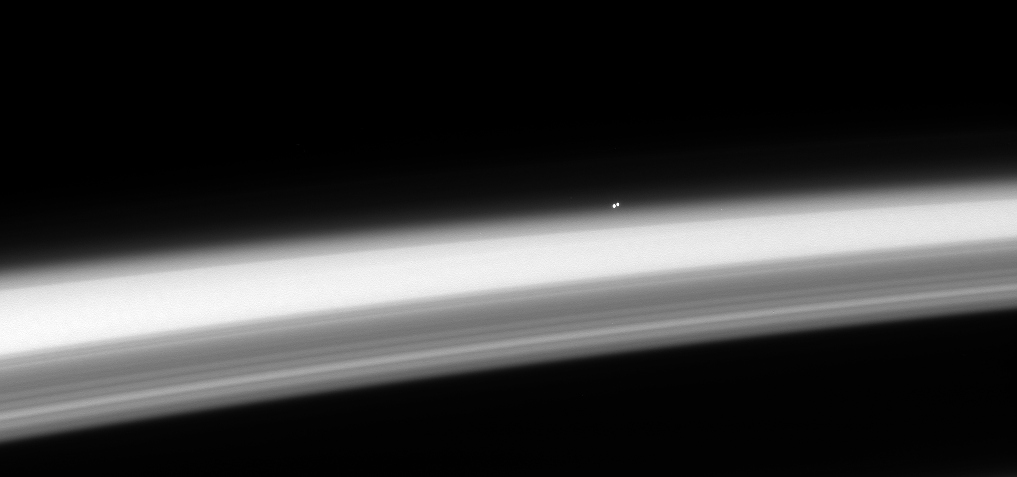I just attended a colloquium by Frank Drake. Frank Drake is best known for his Drake equation which determines the number of intelligent civilizations in our galaxy that we might expect to encounter or rather have the possibility of communicating with. Drake told us that at the time the equation was something he thought up just before a conference in front of an eclectic collection of scientists and it was overshadowed by talking dolphins and Melvin Calvin (that is of the Calvin Cycle) winning the Nobel prize. The Drake equation went on to have quite a legacy, and despite the non-detection of intelligent extraterrestrial life people believe in the Drake equation's predictions today even more than they did then. I am not going to show or even discuss the Drake equation in depth here because if you know it you know it and it is not actually particularly enlightening, further to me the Drake equation is just a version of a Fermi problem that suffers from the Fermi paradox.
The Search for Extraterrestrial Intelligence, SETI, is an ongoing and very serious endeavor, for example the Allen Telescope Array is currently being constructed and looks very promising. As I always encourage people to get involved with programs like SETI@home; you could help discover aliens and what not simply by running a nifty screen saver (which I should mention is extremely scientifinic in fact, I quote "The colors you see in the graph signify absolutely nothing.", so you know it is real science). I leave you with words from an articulate speaker, Jill Tarter (a TED 2009 prize winner), to summarize.























